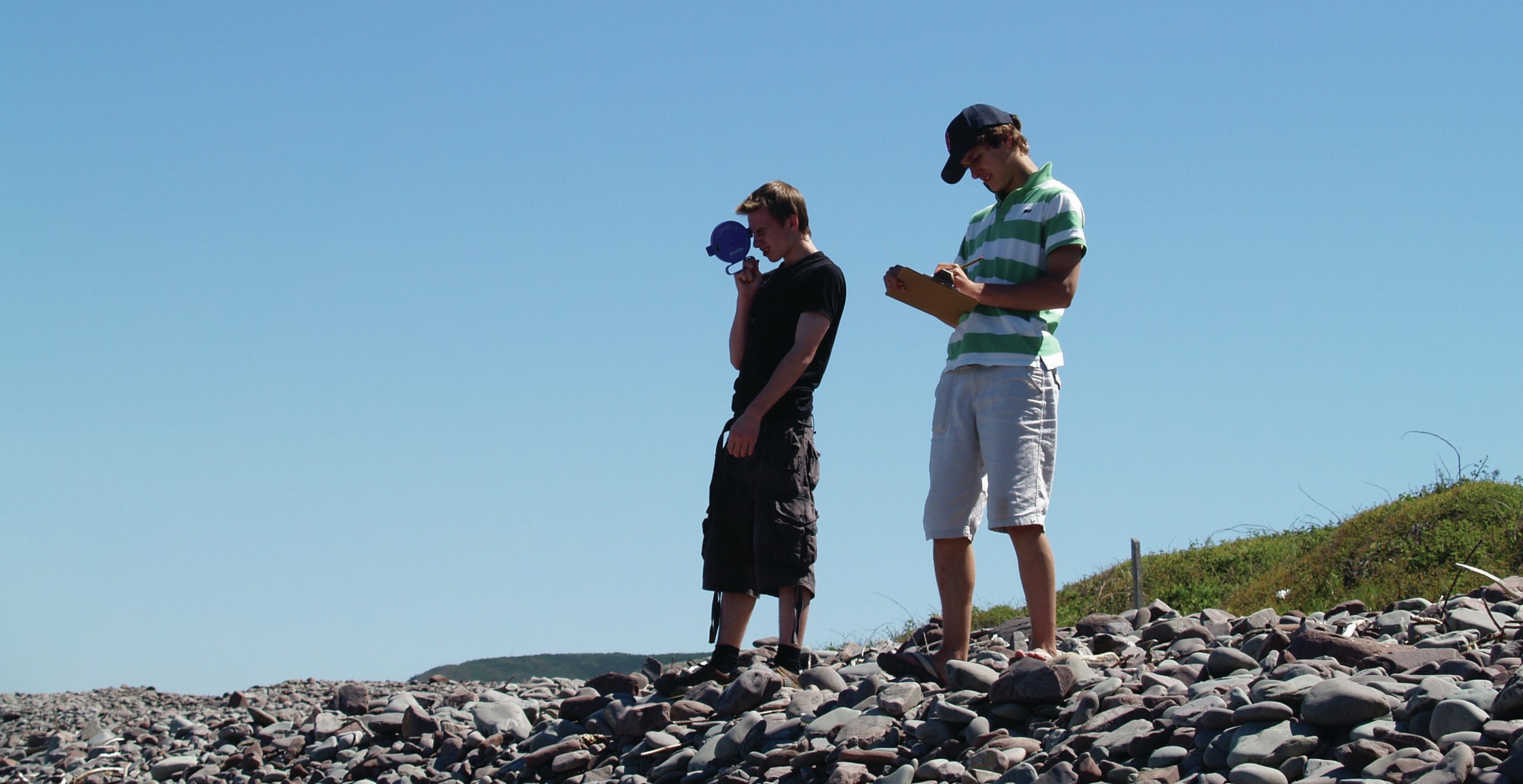
Beaches and their profiles rarely remain constant. They are dynamic, changing on a daily, monthly and seasonal basis. When waves arrive at an angle to a beach or coastline this can lead to longshore drift (see p. 19) as beach material is moved along the coast. The north coast of East Anglia experiences longshore drift in a different direction from that on the east coast (see Figure 1) and this means that spits on the north coast (e.g. at Blakeney) are aligned in the opposite direction to those on the east coast (e.g. at Orford).
The structure of beaches results from the interplay of waves and the size of beach material. Larger-sized sediments require more energy to move them. Large stones generally lead to a steeper beach profile. Gently shelving beaches are more likely where the beach material is sandy.
Your organisation does not have access to this article.
Sign up today to give your students the edge they need to achieve their best grades with subject expertise
Subscribe




